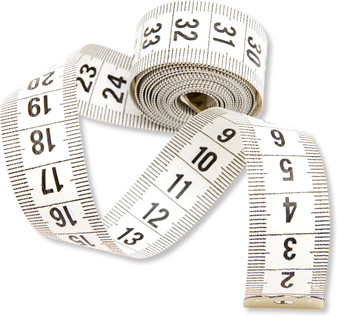Is digital art a profitable business?
Digital art is a profitable business, especially in the current climate of mass content creation. Digital artwork can be sold online as a digital copy or as physical prints, meaning there are versatile methods of making money from your creations.
Digital art can be very profitable thanks to low production costs and the ability to deliver bespoke work relatively quickly, something which clients are often very thankful for. With the continuous growth of social media and content creation platforms such as TikTok, Instagram, YouTube and more, there is an ever-increasing demand for digital artwork which is quickly accessible and can be edited to match specific needs.
However, like with any business, for your digital art business to be profitable, you’ve got to nail some basics and understand a few major points…
Everything you need to start a digital art business

In terms of equipment, this is what we’d recommend you have before starting a digital art business:
- Studio – Whether this is at home or in a rented space, you need somewhere for your setup and equipment. Ideally, this would be an area with enough room and adequate desk space to work uninhibited.
- Computer – You’ll need a computer powerful enough to run whatever software you plan on using for your art type. If you’re looking at starting a digital art business, you probably already know what computer specifications you’ll need, but make sure you have enough processing power, and plenty of RAM!
- Digital art software – For most software, such as Adobe, Photoshop, Procreate and others, you need to pay for subscriptions to access their full range of capabilities. Make sure you know what you’ll be paying for, and what you need.
- Printer – If you plan on selling physical versions of your digital art, you’ll need a high quality printer capable of printing onto whatever material you want to sell.
- Scanner – A scanner might be important to add images to your digital creations.
- Insurance – Public liability insurance is an important aspect of starting a digital art business. This protects you in the event of a client, customer, or member of the public being injured as a result of your business activities. Whilst this may seem unlikely, a customer entering your studio could trip over a wire or piece of equipment and injure themselves. Read more about insurance for graphic designers.
Protect your Graphic Design Business Today
Digital art business plan

The first step in your digital art business plan should be to define your niche and target audience:
- What style of artist are you?
- Who are your competitors?
- Is this niche too saturated, and can you make yourself stand out from other creators?
Ask yourself these questions and find solutions; make sure there is adequate demand for your art style.
Next, you want to develop a portfolio. Collate your best work from the past, and make sure there is a theme which relates to your niche. If you’re looking to go into graphic design, showcase your most impressive pieces of work which are likely to draw in your target audience.
Now you’ve got your niche and portfolio to match, you need to start establishing your online presence. Create a professional website, or use social media to showcase your portfolio, and clearly display what kind of work you do, turnaround time and your prices. Try to engage with your audience to create a personal feel around your business.
Part of this is creating a brand identity. Create a logo which represents your style and brand, and perhaps write a statement which outlines your vision and passion for digital art.
To keep your finances in order, you need to monitor outgoings for things like software, hardware, rent (if applicable) and any other expenses. From here, you can determine your prices, and figure out how much business you need to secure in order to succeed.
The legal requirements when starting a digital art business
When starting a digital art business, you need to consider the following legal requirements:
- Copyright laws
- Tax obligations
- Business registration/license
- Website terms of service/privacy policy
- Contracts between yourself and clients
In terms of insurance, you’re likely only legally required to have employers’ liability insurance if you plan on hiring employees, with other insurance types not being required legally. However, it’s very much recommended that you consider other insurance types from CraftCover to ensure that you’re protected for everything, such as Product Liability Insurance that pays out if your products cause damage or injury.
Marketing your new digital art business
Marketing for your new digital art business depends mainly on your budget and goals. Some digital artists rely mainly on reaching out to potential clients on social media sites such as X (formerly Twitter) or Instagram, whilst others employ more traditional techniques.
For example, you could consider building a mailing list through giveaways and competitions, then using email marketing as a strategy to get your portfolio out there. Alternatively, consider setting up a craft stall at a craft fair to push your brand out there and spread some awareness of your craft.
Tips for starting to sell handmade digital art
To sell handmade digital art, we’d recommend a few things:
- Utilise platforms such as Folksy, Etsy and Redbubble to sell your products on a trusted site. Alternative, set up your own website and promote it on social media and through paid marketing.
- Attend craft fairs where you can sell prints, digital paintings, or whatever your digital art form is. Not only does this secure business, but also increases brand awareness. Make sure to exhibit your crafts in an inviting and simplistic manner.
- Approach creators/individuals on social media who are actively looking for digital artwork with your portfolio and prices. Remember to be friendly, and not too pushy!
- If selling online, consider methods of keeping postage costs low, whether this means covering the costs as part of product pricing, or only offering shipping to specific areas; low shipping costs often encourage more sales.
If you’re looking to start a digital art business and want to learn more about your insurance options and how these may protect your work, be sure to get in touch!
Contact Us and Protect your New Business





